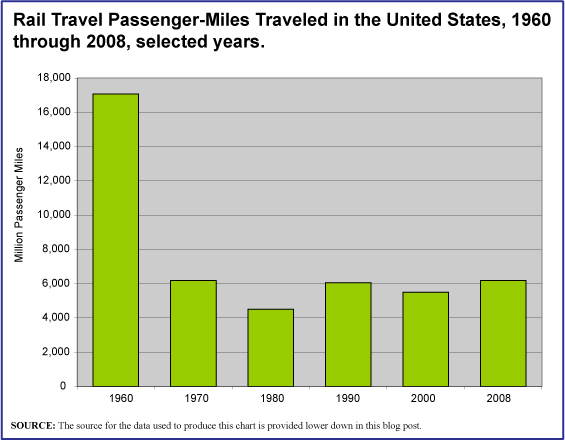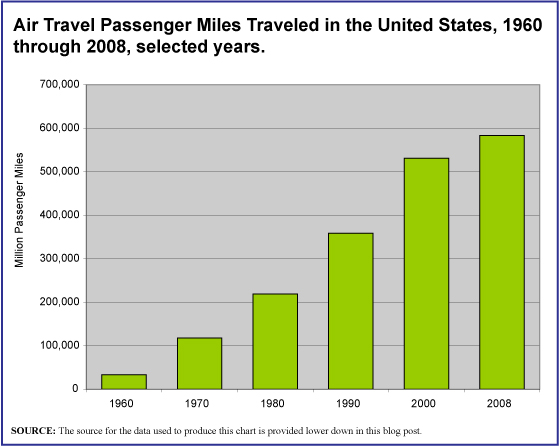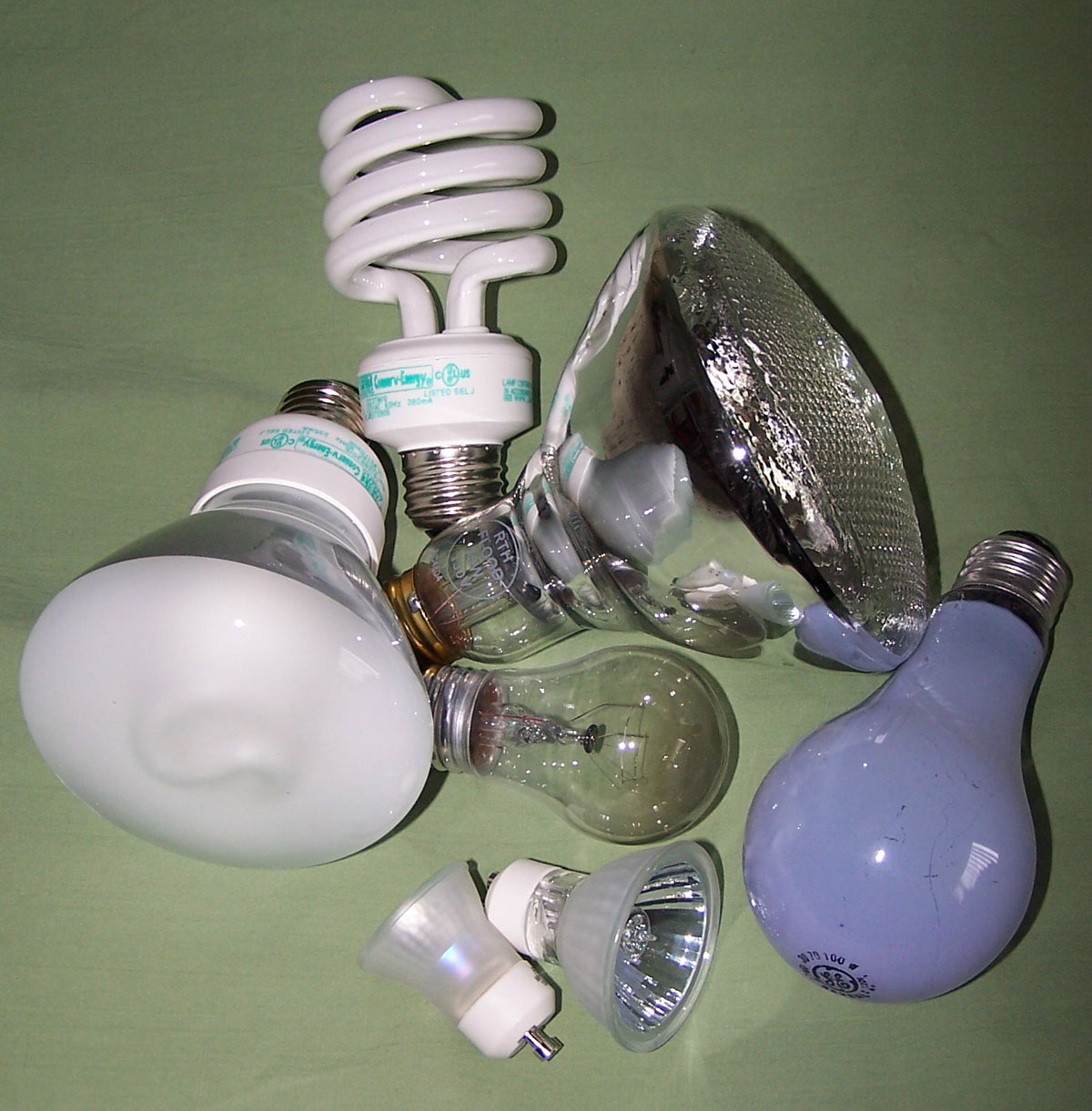In honor of a friend of ours, on her birthday, we thought we’d post a market size about the number of births in the United States that are attended to by midwives. Many people believe that midwives deliver primarily babies born outside of hospitals but this is not true. The vast majority of the births attended to by midwives (96.7%) are hospital births. Overall, in 2006—the most recent year for which data are available—of the total number of births registered in the United States, 8.7% were attended to by a midwife. In Europe, by way of comparison, that percentage tends to be in the 75% range. Our friend, she is a midwife practicing at a hospital in France.
Geographic reference: United States
Year: 2006
Market size: Births attended by a midwife in the United States, 336,347 or 8.7% of all registered births
Source: “Trends and Characteristics of Home and Other Out-of-Hospital Births in the United States, 1990-2006,” National Vital Statistics Report, Volume 58, Number 1, March 3, 2010, available online here.
Original source: U.S. Department of Health and Human Services, Centers for Disease Control and Prevention, National Center for Health Statistics




